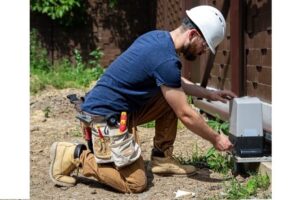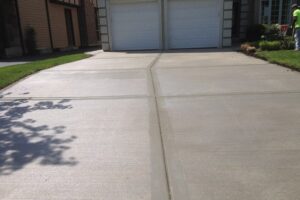Selecting an assisted living facility is a crucial decision that can significantly impact the quality of life for seniors. Finding a supportive and nurturing environment becomes paramount as our loved ones age. This guide offers essential tips to help you navigate the complex process of choosing the right assisted living facility.
Start by assessing the level of care needed. Consider current health conditions and potential future needs. This evaluation will guide you toward facilities that can provide appropriate support.
Location and VisitationLocation is crucial. Look for facilities near family and friends to find an assisted living location. Easy access encourages frequent visits and maintains important connections.
Tour and ObserveTour multiple facilities before making a decision. Visit at different times of the day. This gives you a comprehensive view of daily life and activities.
Staff Quality and RatioObserve the staff during your visits. Are they friendly and attentive to residents? The quality of care often depends on the dedication of the staff.

Check the staff-to-resident ratio. Higher ratios usually mean better care. Ask about staff turnover rates as well.
Living Spaces and Personalization Scrutinize the living spaces. Are they clean, comfortable, and well-maintained? Look for safety features like handrails and emergency call systems.
Ask about the facility’s policies on personalization. Can residents bring their own furniture or decorate their rooms? This helps create a home-like environment.
Dining and Nutrition Inquire about the dining options. Good nutrition is essential for seniors. Ask to see menus and observe a meal service if possible.
Activities and Social Programs Evaluate the activities and social programs offered. Engaging activities promote mental and physical well-being. Look for a variety of options to suit different interests.
Medical Services and Transportation Consider the medical services available on-site. Some facilities have physicians or nurses on staff, while others coordinate with local healthcare providers.
Ask about transportation services. Many facilities offer scheduled trips for shopping and appointments. This maintains independence for residents who no longer drive.
Licensing and Inspections Review the facility’s licensing and inspection reports. These documents provide insight into the quality of care. They also highlight any past issues or violations.
Costs and Payment Options Discuss the costs and payment options in detail. Understand what’s included in the base rate and what costs extra. Ask about potential future price increases.
Aging in Place Policy Inquire about the facility’s policy on aging in place. Can residents stay if their care needs increase? Or will they need to move to a higher level of care?
Security Measures Check the security measures in place. This is especially important for residents with cognitive impairments. Look for features like secured entrances and surveillance systems.
Cultural Considerations Consider the cultural and language preferences of the resident. Some facilities cater to specific ethnic or religious groups. This can provide a more comfortable environment.
Emergency Preparedness Look into the facility’s emergency preparedness plan. Natural disasters or medical emergencies can happen. A solid plan ensures resident safety in crisis situations.
Resident Feedback Speak with current residents and their families if possible. Their firsthand experiences can provide valuable insights. Pay attention to both positive and negative feedback.
Review the Contract Take time to review the contract thoroughly. Understand all terms and conditions before signing. Don’t hesitate to ask for clarification on any points.
By considering these factors, you can make an informed decision. The right assisted living facility can greatly enhance quality of life. It provides necessary support while maintaining dignity and independence.




